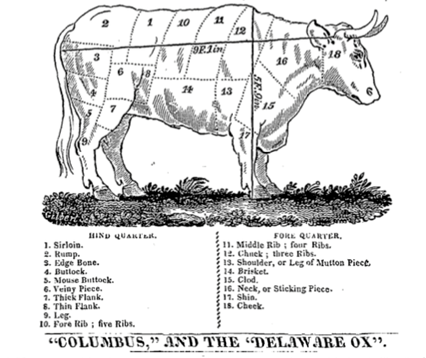The Personal Web Page of C.B. Crenshaw; containing, in no particular order, along with some recent examples according to the whim of the author:
a feed of everything, otherwise known as a blog;
a horribly out-of-date Curriculum Vitae;
Quartier des Fantômes 1, a zine about dying towns;
assorted poetry, including “Dry Up Otis“;

travel writing, including “Listening to Knoxville“;
a collection of photography and artwork, including some album covers, posters, and apparel;
(and here’s my actual photography portfolio);
a few thoughts on video games as works of architecture;
a number of personal essays, including “Muir’s Notebooks”;
some fiction, including “There But for You”;
some musings on signs;

thoughts on history;
an assortment of film reviews, including “Edging on Kinds of Kindness”;
a likewise assortment of music reviews;
various miscellany;
a page about music; and,
links and excitements.